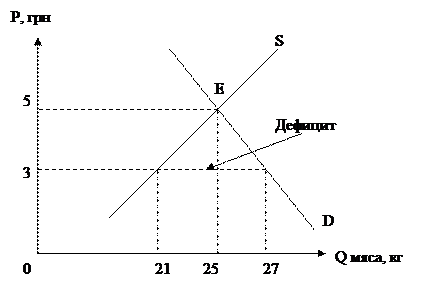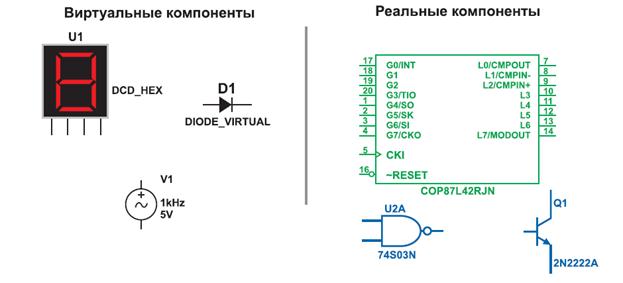Objectives of High-Level Languages
The first objective of a high-level language is to provide convenient means of expressing the solution to a problem. Most high-level languages borrow, without much modification, concepts and symbols from mathematics. High-level languages use words from natural languages, and allow these words, and mathematical symbols, to be combined according to various rules. These rules create the structure of programs written in the language. The result, in a good high-level language, is a clear structure, not too different from our customary ways of thinking and expressing ourselves. The second objective of high level languages is simplicity. Simplicity is achieved by a small set of basic operations, a few clear rules for combining these operations, and, above all, the avoidance of special cases. The third objective of a high level language is efficiency. Programs in the language must be able to be translated into machine code fairly quickly, and the resulting machine code must run efficiently. This objective almost always conflicts with the first two. Most high-level languages reflect a compromise between these objectives. The final objective is readability of programs. A good high-level language should enable programs to be written which are clear to read without additional comments. Regrettably, some high-level languages ignore this objective altogether. Exercise 3. Translate the following word combinations. To provide a convenient means, concepts and symbols, according to various rules, customary ways of thinking, the second objective, rules for combining these operations, avoidance of special cases, to be translated into machine code, to reflect a compromise, readability of programs.
Exercise 4.. Write English equivalents to the following words and word combinations:
Exercise 5. Put questions to the underlined words. 1. Most high-level languages borrow, without much modification, concepts and symbols from mathematics. 2. These rules create the structure of programs written in the language. 3. Simplicity is achieved by a small set of basic operations. 4. This objective almost always conflicts with the first two.
Exercise 6. Rewrite the sentences in Reported Speech. 1. He said: “Don’t make the same mistake again.” 2. He said: “Sit down for a few minutes.” 3. Mr. Smith asked: “When are you leaving for Europe?” 4. He asked me “Are you going to the movies with us?” 5. Mary said to me: “I cannot go with you tonight.” 6. I asked him: “When did you read that book.”
Exercise 7. A. Paraphrase the sentences using the Objective Infinitive Complex. Model: The door of the entrance hall opened. I heard it. – I heard the door of the entrance hall open. 1. Her hands trembled. She felt it. 2. I have never heard that my father sings. 3. I have never seen that my brother dances. 4. They think that these exercises are very difficult. 5. My wish is that you should enter this university. 6. His father wants what he will become a programmer.
B. Paraphrase the sentences using the Subjective Infinitive Complex. Model: It was announced that our team would be the next. – Our team was announced to be the next. 1. It is said that the weather will be good tomorrow. 2. It is reported that the president has signed this decree. 3. It turned out that she completed everything yesterday. 4. We expected that they invite us today.
Exercise 8. Answer the questions to the text in writing. 1. What is the first objective of a high-level language? 2. What do most high-level languages borrow from mathematics? 3. What do high level-languages use? 4. What is the second objective of a high-level language? 5. What does efficiency mean? 6. What should a good high-level language enable programs to do? 7. What do some high-level languages ignore?
ЗМІСТ
Вступ.................................................... 3
Варіант 1.................................................4
Варіант 2................................................ 8
Варіант 3................................................12
Варіант 4................................................16
Варіант 5............................................... 20
Варіант 6............................................... 24
Варіант 7............................................... 28
Варіант 8................................................32
Варіант 9............................................... 35
Варіант 10...............................................39
|




